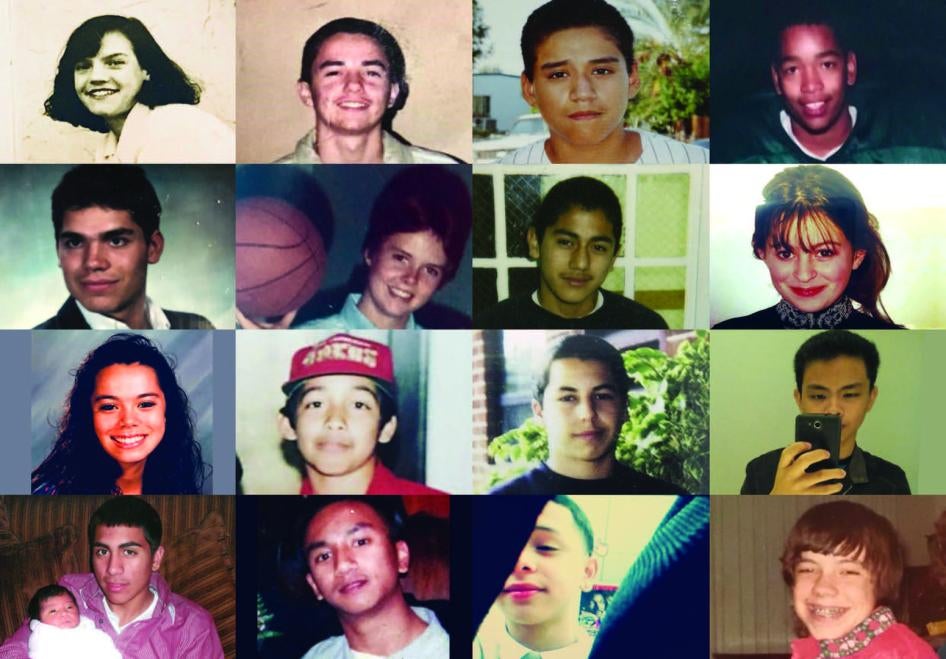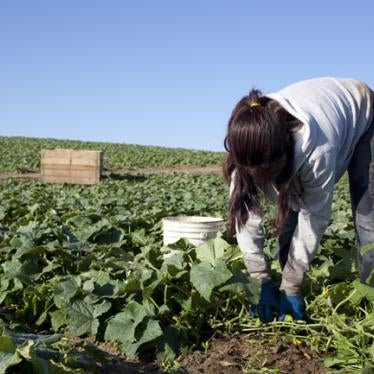Summary and Recommendations
After decades of handling youth 15 and younger in its rehabilitation-focused juvenile justice system, in 1995 California discarded its longstanding approach and adopted a new law allowing 14- and 15-year-olds to be tried in adult criminal court. In present day California, a young teenager in criminal court is treated in every way just like an adult: the same procedures, laws, and sentences—including adult prison—are applied with virtually no exception. When a young person is tried as an adult, it means he or she is denied the full services and treatment of the juvenile system. The decision to try a young person as an adult is undeniably a decision to give up on that youth.
This dramatic change in policy was not based on research on effective methods to deal with youth who commit crimes; it did not rely on advances in the neuroscience of adolescent development and receptivity to rehabilitation; nor did it take into account studies conclusively showing that youth treated in the juvenile system are less likely to commit new crimes than those tried as adults. That research did not exist at the time the law was changed. The 1995 law was the product of a “tough on crime” period of racialized fear-mongering and false predictions of increased crime and the rise of “super-predator” youth.
In the years since, more than 1,500 14- and 15-year-olds have faced transfer to the adult system. The law predominantly affects youth of color, with Black youth more than 11 times more likely, and Latino youth nearly five times as likely as white youth to face prosecution in adult court. In addition to the radical difference in how individual young people are treated, prosecuting 14- and 15-year-olds in adult court has weakened, not enhanced, public safety. Decades of research now concludes that youth prosecuted in adult court are more likely to recidivate than youth treated in the juvenile justice system.
This paper explores the impact of sending youth who are in middle school or early high school to the adult criminal justice system. It gives a brief overview of the past two decades of research on what makes young people act the way they do and the effect of being tried in the juvenile versus adult justice system. It provides perspective from juvenile court professionals and young people who have experiences both the juvenile and adult prison systems.
California is at a crossroads: its legislature now has the data and research to show that the 1995 law was a bad decision for both individual youth and public safety. A bill, SB 1391, is pending in the legislature. It provides California the opportunity to correct course. If enacted, this bill will ensure that 14- and 15-year-olds receive age-appropriate treatment and services needed for a healthy transition to adulthood, and that public safety is enhanced, not weakened.









